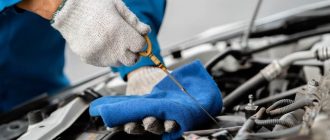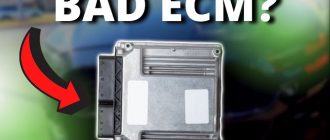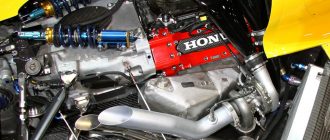What is a Turbo Engine in Cars?
Introduction
A turbo engine is a type of internal combustion engine that uses a turbocharger to increase its power output. A turbocharger is a device that uses the exhaust gases from the engine to drive a turbine, which in turn drives a compressor. The compressor then forces more air into the engine, which results in more power.
How Does a Turbo Engine Work?
The basic principle behind a turbo engine is that the exhaust gases from the engine are used to drive a turbine. The turbine is connected to a compressor, which forces more air into the engine. The increased airflow results in more power.
The turbocharger is typically mounted on the exhaust manifold of the engine. The exhaust gases from the engine flow through the turbine, which spins the compressor. The compressor then forces more air into the engine through the intake manifold.
The amount of boost that a turbocharger provides is controlled by a wastegate. The wastegate is a valve that allows some of the exhaust gases to bypass the turbine. This limits the amount of boost that the turbocharger can provide.
Benefits of Turbo Engines
Turbo engines offer a number of benefits over naturally aspirated engines. These benefits include:
* Increased power: Turbo engines can produce more power than naturally aspirated engines of the same size. This is because the turbocharger forces more air into the engine, which results in more power.
* Improved fuel economy: Turbo engines can also improve fuel economy over naturally aspirated engines. This is because the turbocharger can help the engine to burn fuel more efficiently.
* Reduced emissions: Turbo engines can also reduce emissions compared to naturally aspirated engines. This is because the turbocharger can help the engine to burn fuel more completely.
Disadvantages of Turbo Engines
Turbo engines also have some disadvantages compared to naturally aspirated engines. These disadvantages include:
* Increased complexity: Turbo engines are more complex than naturally aspirated engines. This is because they have additional components, such as the turbocharger and wastegate.
* Increased cost: Turbo engines are typically more expensive than naturally aspirated engines. This is because of the additional components and complexity.
* Turbo lag: Turbo engines can experience turbo lag. Turbo lag is the delay between when the driver presses the gas pedal and when the turbocharger begins to provide boost. This can make turbo engines feel less responsive than naturally aspirated engines.
Conclusion
Turbo engines offer a number of benefits over naturally aspirated engines, including increased power, improved fuel economy, and reduced emissions. However, turbo engines are also more complex and expensive than naturally aspirated engines. They can also experience turbo lag.
Ultimately, the decision of whether or not to buy a turbo engine is a personal one. There are both pros and cons to consider. If you are looking for a more powerful and fuel-efficient engine, then a turbo engine may be a good option for you. However, if you are looking for a simple and inexpensive engine, then a naturally aspirated engine may be a better choice.




